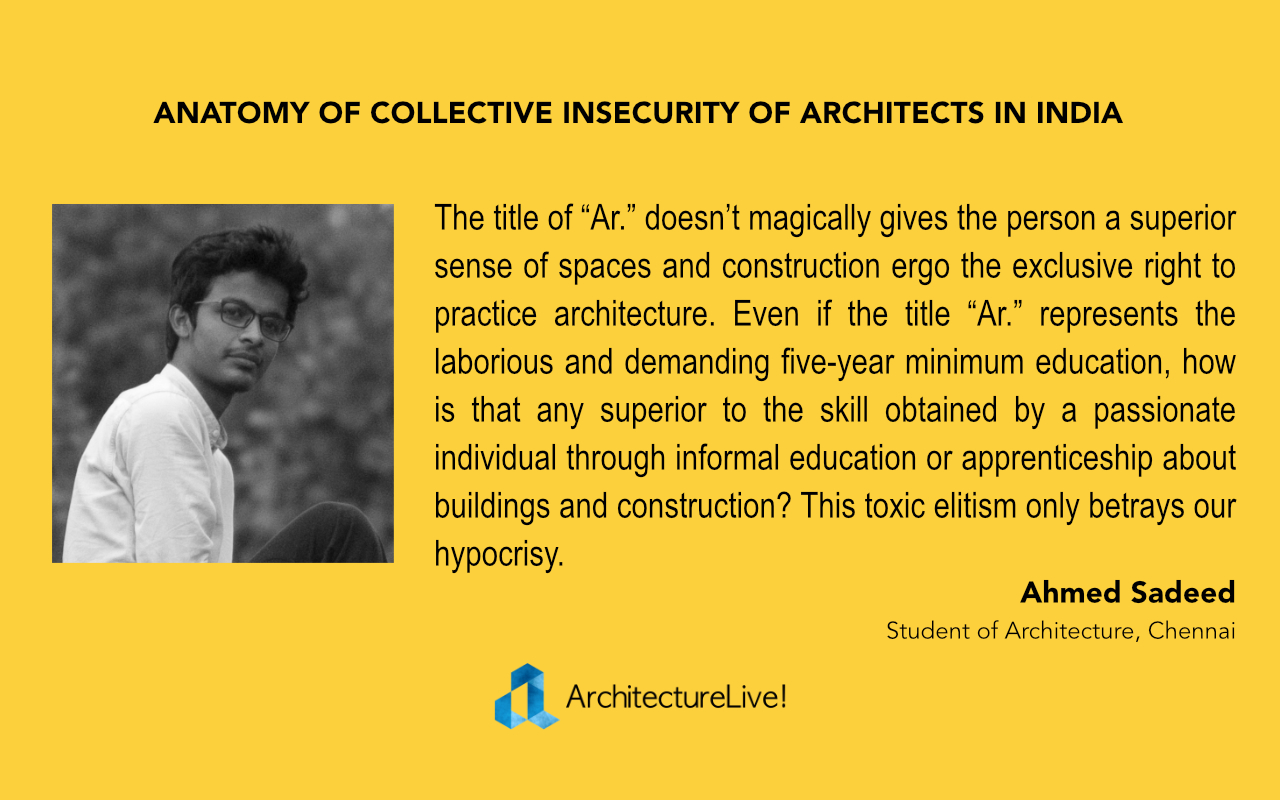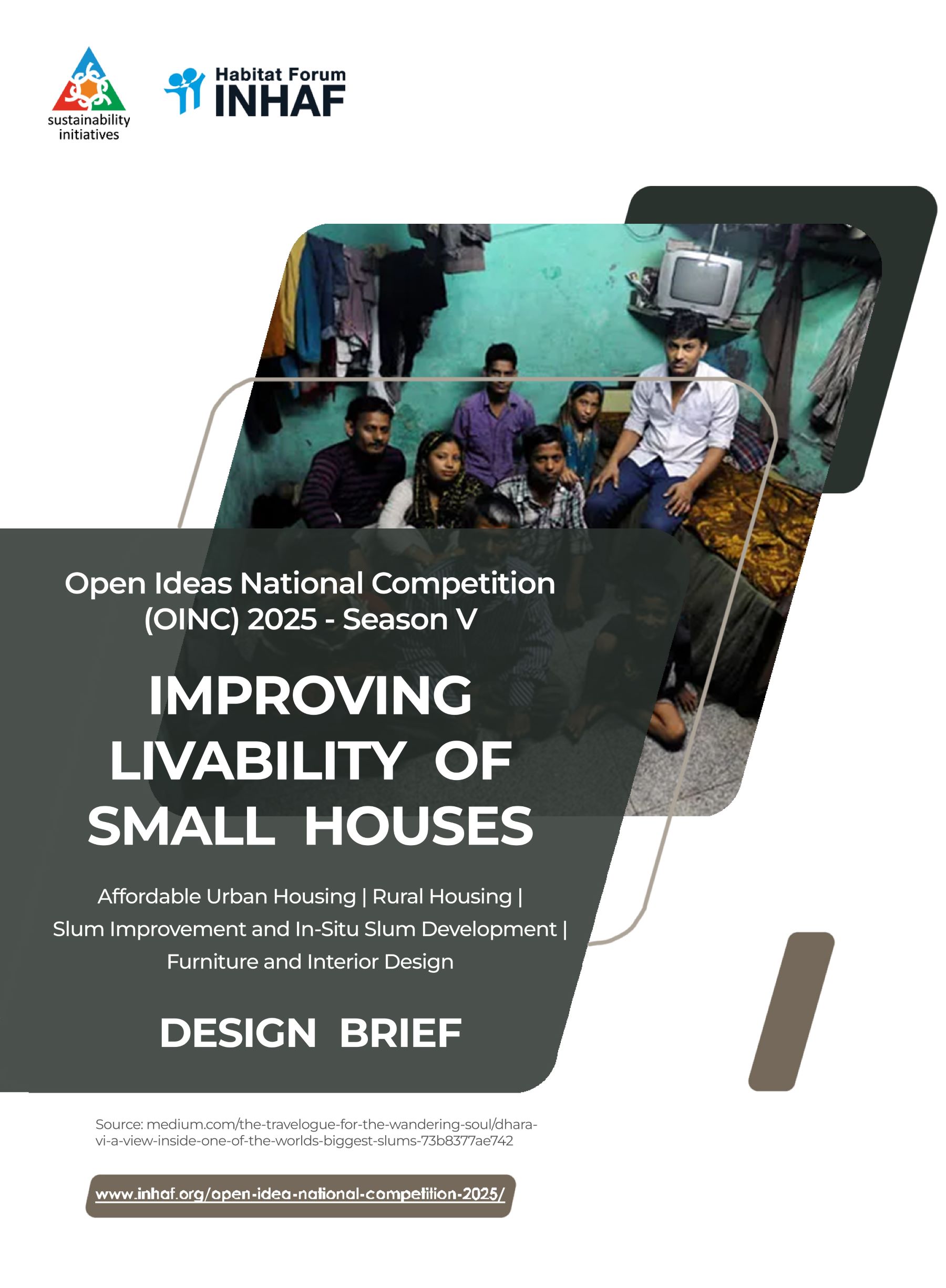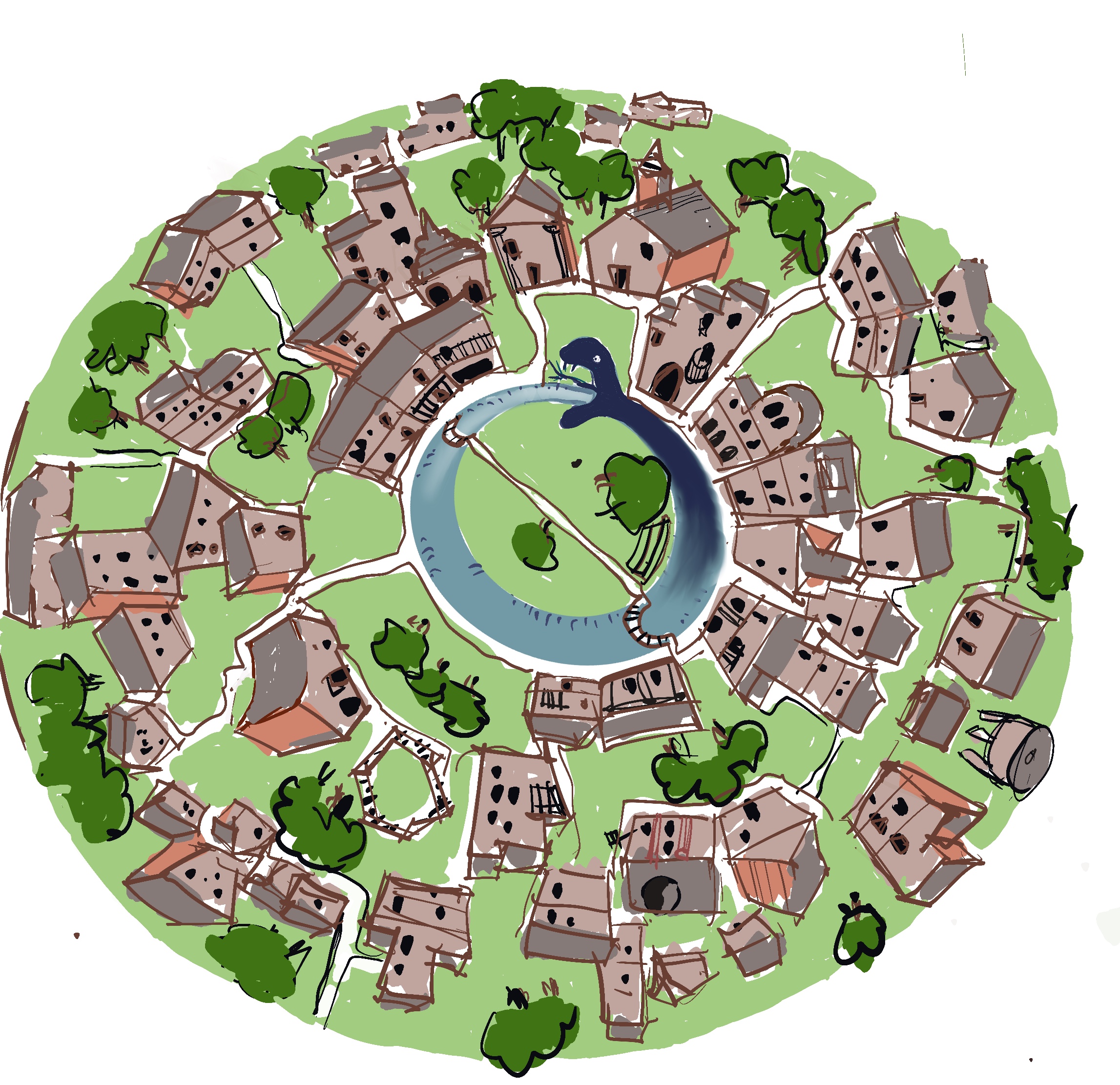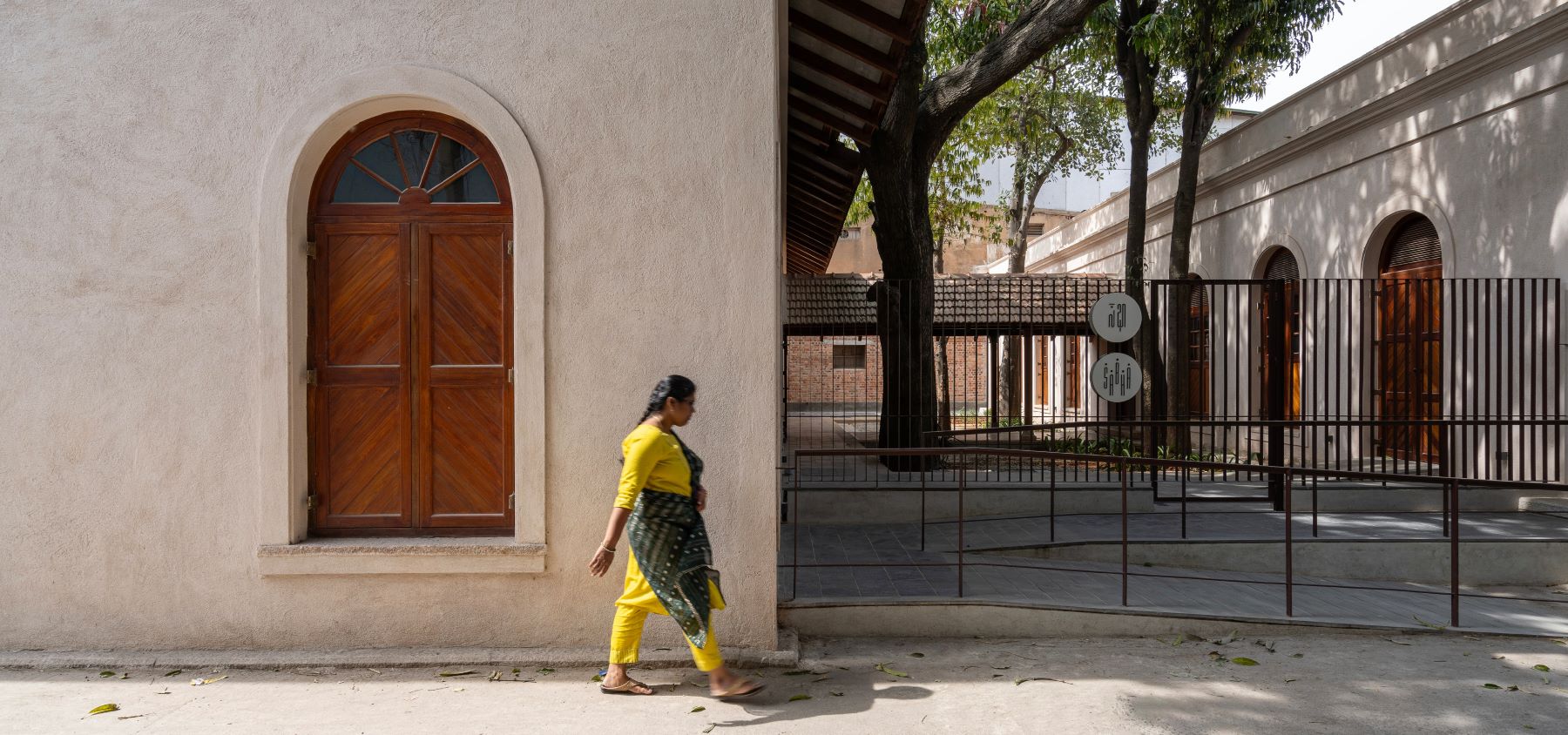There was a much uproar in the architectural community in India regarding the recent Supreme court judgment allowing non-architects to provide architectural services while prohibiting them from using the title “Architect”.
Soon social media was flooded with outrage from “educated architects” from all over India. Some blamed the incompetency of COA in guarding the interest of this professional practice, others blamed SC for not knowing the importance of service which “only-college-grad-architect” can provide. The gist of the outrage can be listed as,
- Architectural service is as important as law or medicine and hence need to be protected from unlearned and in-formally-educated individuals practice.
- Having a B.Arch.degree gives you the “divine” and more importantly “exclusive” right to practice architecture, and any other person doing so is a “blasphemous” infringement of our “divine” right.
- Only college grad person can have required intelligence and sense about the spaces, buildings, and construction hence non-college grad person needs to be prohibited from practising.
- In view of the latest judgment role of COA becomes redundant and the money put in five-year minimum education is wasted.While the narrative that informal practitioners are eating away our precious service-oriented industry is largely built on fear and anxiety of some people and still needs a concrete data proof to merit itself, the outrage themselves can be easily dissected into our four broadly put attitude.
OVER SELF-IMPORTANCE
Knowingly or unknowingly every individual entering the fraternity through college cedes to the narrative that architecture is “THE” most important and consequential service in the world. The importance of architecture is not being negated but, it can’t be conflated to the importance of medicine or law, in its entirety. The importance of the field of architecture only becomes substantial when augmented with other streams of sciences and social studies, which sadly neither our five-year schooling educates us or seen in wide practice in the industry. This pompous (and bogus) narrative reinforces our collective narcissism which brings us to the second problem i.e. exclusivity and elitism.
EXCLUSIVITY AND ELITISM
The title of “Ar.” doesn’t magically gives the person a superior sense of spaces and construction ergo the exclusive right to practice architecture. Even if the title “Ar.” represents the laborious and demanding five-year minimum education, how is that any superior to the skill obtained by a passionate individual through informal education or apprenticeship about buildings and construction? This toxic elitism only betrays our hypocrisy..
HYPOCRISY
All this outrage is against the non-architect people practising architecture. If these informal practitioners are really that detrimental to the industry and community, then why do we idolize the likes of FLW, Tadao Ando, who though great architects but never attended any school. How do we justify our appropriative romance with vernacular architecture and methods? If we are to say only past practices were superior and worth any intellectual study, then we are the victims of toxic and unjustified nostalgia. Finally, a large part of the problem can be attributed to our identity confusion and financial woes and angst.
CONFUSION AND FINANCIAL WOES
There is great confusion in COA’s role and responsibility. It’s a very necessity is questioned. There is also a call for legislative changes in the Architects Act 1972. While these things can be debated and should be, there is another issue in the industry that is driving up our vexation. That is unemployment or less than satisfactory salaried jobs, small firms and studio not being able to land projects, in short failure of our business model, which transpires into the unpaid internships, irregular salaries, etc. This is further negatively offset by the exorbitant tuition fees of our universities. Angst resulting from these are wrongly being directed at the informal sector of our industry which anyway none of our “Ar.” title wielding architects are catering to. There is also great confusion in our business, whether are we selling the result/idea or our time and skill? Solving this question will solve most of our insecurity.
If a society faces any problem, there are two reactions that they exhibit (in a broad sense). They either punch down, that is bringing out a scapegoat(who is usually less privileged) and prosecuting him to satisfy our shallow conscience or they punch up, that is they try to find real problems (usually overarching elite exclusive interests) and solve it.
Now, our architectural fraternity is punching down when it should be punching up. The more important reforms that our community need is reforming our work culture, reforming our schools, educating our students with business sense, renovating our business model, reclaiming our space in urban governance, solving social problems such as inequality, climate change etc, reconfiguring our education to integrate AI and deep learning etc. A person in some obscure town developing a 500 sqft house should be the least of our worries, if at all he/she is your problem, then I question your merit of wielding the title “Ar.” Social media is filled with posts from architects stating that society needs to understand the importance of architects and architecture, but I think more the society, we architects should first introspect and decide who we are and what we do. The current dilemma is the consequence of our identity crisis amalgamated with financial impotence.
We badly need two things socialist sensibility to cure our narcissist exclusivism and innovation in our business model to suit the contemporary market place and replace our age-old service modes.








4 Responses
The thinking in this piece implies that we can also designate pseudo medicine people as doctors. It isn’t insecurity. It’s regulation and quality control.
implication intended is simply that, people dont always need a doctor for their medical problems.
Maybe just like there are different forms of medicine that are practiced [allopathy, homeopathy, Ayurveda….] can we have different forms of Architectural practice. 1. Registered practice- which is governed by morality and ethics of the profession, state projects, regulatory laws and bye laws, NBC etc and 2. Non Registered practice- which are governed by market forces.
When something is accepted lawfully It must be accepted in its letter and spirit. Why did Government enacted Architects Registration Act 1972? Was it enacted for fun? The preamble of the Act says, “ It is to safeguard the People at large” Was it not understood by the Hon’ble Supreme Court? The judgement deserves to be reconsidered. The Hon’ble Supreme Court cannot leave the common man to spend his hard earned money to be spent at the whims and fantasies of a man who has no systematic training of Architecture. The COA for being supreme authority to regulate Architectural Education and Practice must go to the Hon’ble Supreme Court again with request to reconsider its judgement by a larger bench.